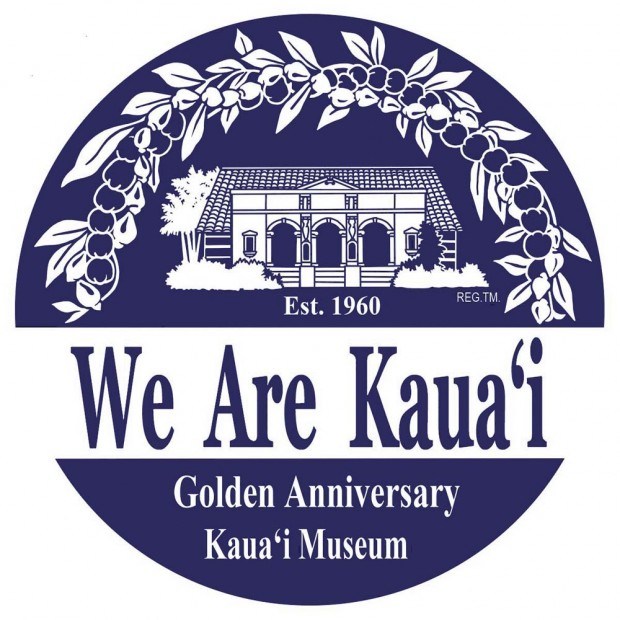In 1960 I was appointed by then-Gov. Quinn to be the Kaua‘i member of the state Board of Agriculture. When I went to Honolulu for our first meeting of the new Board we had three full days of indoctrination into
In 1960 I was appointed by then-Gov. Quinn to be the Kaua‘i member of the state Board of Agriculture. When I went to Honolulu for our first meeting of the new Board we had three full days of indoctrination into the working of the various departments.
There I met new people and some old friends, namely Dr. Ernest Willers, the state veterinarian, Takuji Fujimura , and Kenji Ego, Lihu‘e Grammar school classmates of mine, and a couple men from the Department of Forestry. Alex Napier of Kahua Ranch and Slaughterhouse on O‘ahu knew more of the staff than any of the other members of the Board so we got a head start on the rest of the members.
After three days of intensive meetings, we finally settled down to the regular business of the Board. Our first order of business was to elect a chairman and George Li Brown was so elected.
The next and more controversial was the Head of the Department. The previous board had chosen Wayne Collins, but there was some doubt that he was qualified. After much questioning we found out that he had been a Forestry Major in college and was just the kind of man we needed. Now it was down to the regular business of the Board.
After about a year when we were in Honolulu for a regular monthly meeting we stopped by the small pool in the middle of the quadrangle that made up the Board of Agriculture Complex. While there I noticed some rather large bass-like fish and asked what they were.
Kenji Ego was summoned and he told us that they were tucunare (peacock bass) from South America and that they had just produced a spawning of young. This was the first recorded spawning outside of South America on record and they were hopeful of further spawning.
Kenji told me that they were looking for a place where they could raise the young so that they too might start reproducing. I told Kenji that we had just the reservoir on the ranch that they were looking for and that I would ask my grandfather if it would be okay.
When I got back to Kaua‘i I asked my grandfather about the deal and he said okay. He then told me that he had gotten the first bass for Kipu from Kilauea Plantation and that is how the large mouth bass got started in the Hule‘ia water system.
As soon as I could I called Kenji and said the deal was a go. He seemed very happy and then he told me that this morning that they had found out that someone had gotten onto the premises the night before and had poisoned all the adult fish. Luckily the young fish had been moved to another place so that they had survived.
The next thing that happened was that some threadfin shad were brought to Kaua‘i and released into the reservoir where the young tucunare were to be placed.
The shad were for food for the young fish but about three weeks after the shad arrived and were released we have a very hard rain and they all went over the spillway and were never seen again.
This was no problem for there were many mosquito fish and baby tilapia for food.
Finally the young fish were about six to eight inches in length arrived and were released. There were 22 of them. The rest of the original brood was released into Lake Wilson on O‘ahu.
As an update on the progress of the tucunare of O‘ahu I have since learned that they never reproduced so that the Kaua‘i fish were the only survivors and this is where all the rest of the state’s fish are from.
Before I left the ranch in November 1962 we caught a couple to see how their growth was progressing and found that they had grown almost six inches in four months. After a couple of years there were enough fish to slowly stock the island’s reservoirs and the rest of the state.
That is the story of how the tucunare got to Kaua‘i.


